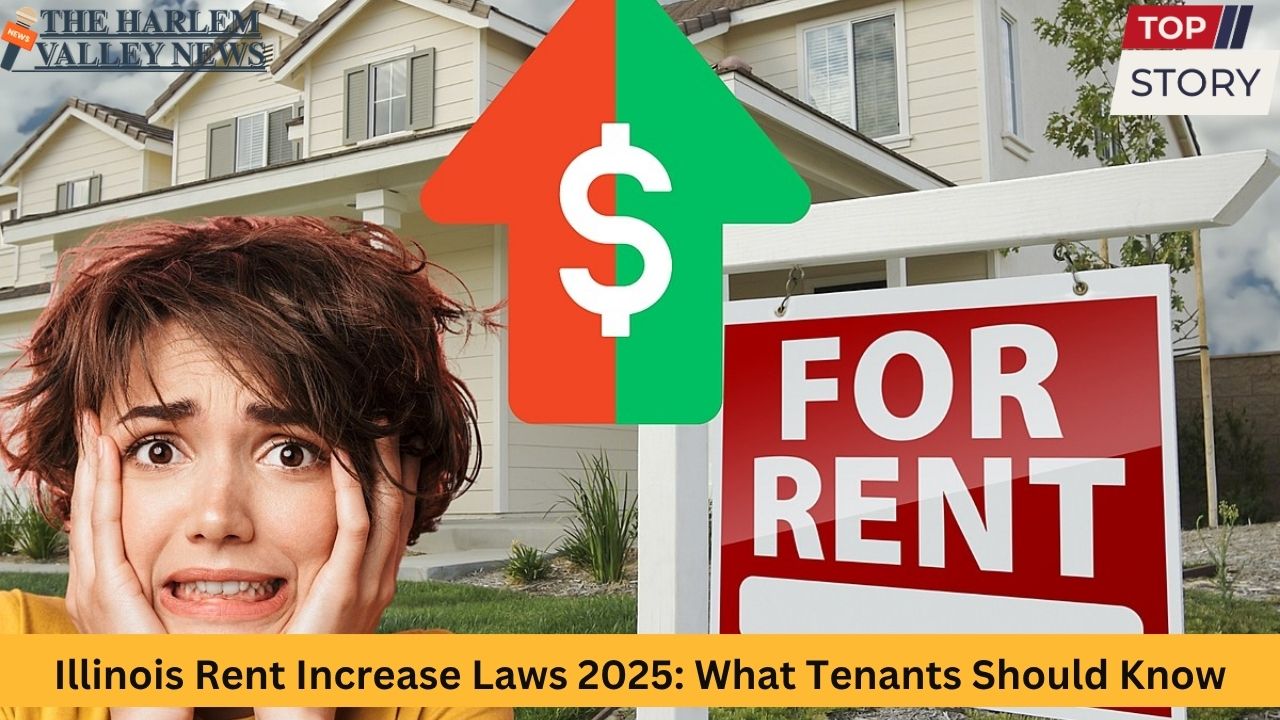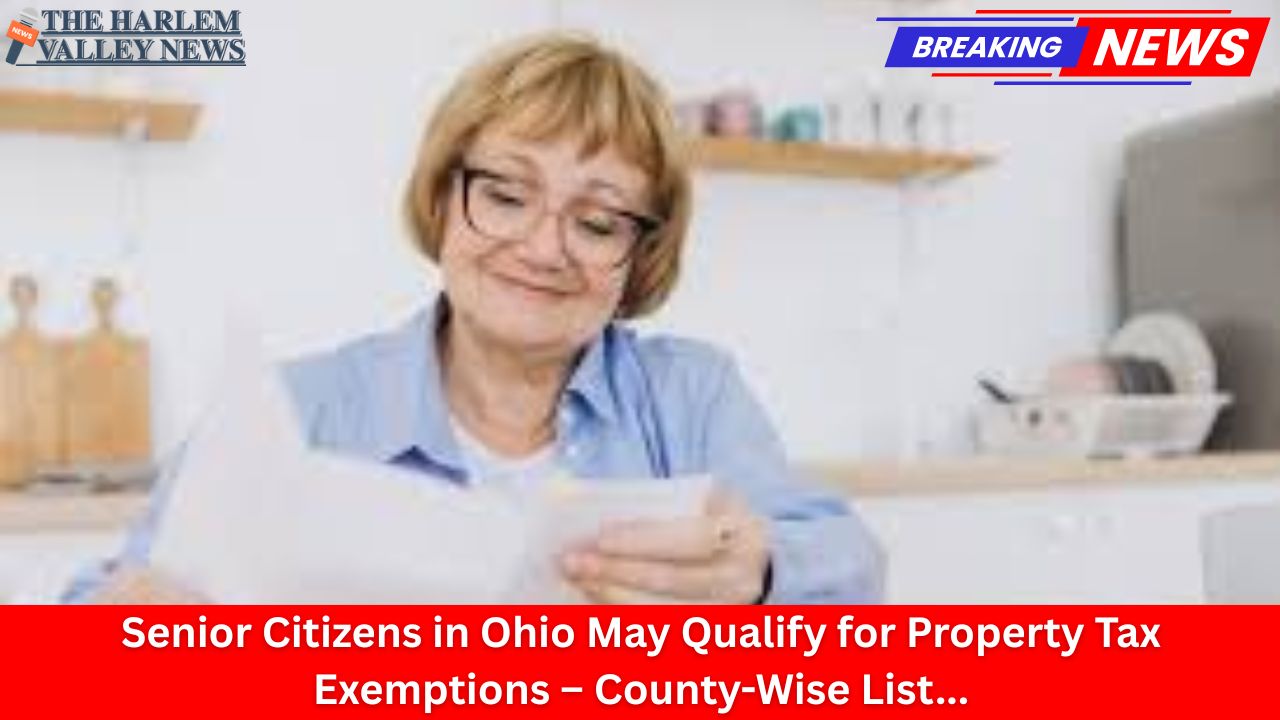For many homeowners in Florida, the Homestead Exemption is a central pillar for reducing the burden of property taxes. As property values in the state continue to fluctuate, understanding how to claim and maximize this exemption is crucial for both long-time residents and newcomers. The Homestead Exemption safeguards homeowners, makes property ownership more affordable, and offers protection that goes beyond tax relief.
Key Features of Florida’s Homestead Exemption
| Feature | Description |
|---|---|
| Primary Residency | Applies only to properties serving as the owner’s primary and permanent residence |
| Base Exemption Amount | Up to $50,000 reduction in assessed value for property tax purposes |
| Save Our Homes Benefit | Limits annual increases in assessed value to 3% or the Consumer Price Index, whichever is lower |
| Protection from Forced Sale | Shields a portion of your home’s value from certain creditors |
| Application Deadline | March 1st of the tax year (with some late-filing provisions) |
| Portability | Allows transfer of accumulated tax benefits to a new Florida homestead |
How Florida’s Homestead Exemption Works
At its core, the Homestead Exemption allows Florida residents who own and occupy their homes as their permanent residences to reduce the assessed value of their property. This reduction directly lowers the amount of property taxes the homeowner owes, providing both immediate savings and long-term protection from significant tax increases.
Homeowners may receive up to a $50,000 reduction in the assessed value of their primary residence. The first $25,000 of this exemption applies to all property taxes, including those levied by your county, city, and school districts. The additional $25,000 exemption applies only to the assessed value between $50,000 and $75,000 and excludes school district taxes.
Qualification Requirements
To take advantage of the Homestead Exemption, the property owner must meet specific criteria set forth by Florida law. The most important requirement is that the property must be your permanent and primary residence as of January 1 of the tax year for which you are applying. Owning the property, having legal or beneficial title, and physically residing there are all necessary components. Proof of residency—such as a Florida driver’s license, vehicle registration, voter registration, or evidence of your dependents attending local schools—may be requested during your application.
The deadline to apply for the exemption is March 1 of the year in which you’re seeking the benefit. Missing this deadline can result in the loss of significant tax savings for the year, though late applications are sometimes allowed under compelling circumstances.
Calculation Example
Suppose a Florida home is assessed at $220,000. With a $50,000 Homestead Exemption, the taxable value drops to $170,000 for county and city taxes. School taxes receive only a $25,000 deduction, resulting in a $195,000 taxable value for that portion. This distinction can equate to hundreds, if not thousands, of dollars in annual savings, depending on local tax rates.
Save Our Homes Cap
Another crucial element of the Homestead Exemption is the “Save Our Homes” (SOH) amendment. This provision restricts the annual increase in the assessed value of your homestead property to a maximum of 3%, or the percentage change in the Consumer Price Index, whichever is lower. This cap prevents homeowners from being hit with large property tax hikes during periods of rapid home appreciation, ensuring long-term affordability.
If a homesteaded property changes hands, the SOH cap is reset. However, Florida law also allows homeowners to transfer (“port”) accumulated SOH savings to a new Florida homestead, provided they establish the new residence within three years.
Protection from Creditors
Beyond tax savings, Florida’s homestead laws grant further protections. The primary benefit is shielding your primary residence from most forced sales by creditors. While there are exceptions (such as tax liens, mortgages, or mechanic’s liens), this unique protection is among the strongest in the United States, making Florida an attractive destination for financial security-minded homeowners.
Portability
The portability feature allows homeowners to transfer some or all of their SOH savings to a new primary residence within Florida. For example, if you’ve owned a home for several years and accumulated substantial protection against rising assessments, you can bring those accumulated savings to your next home, ensuring continuity of tax relief. This provision incentivizes homeowners to move within the state without losing critical financial benefits.
Common Mistakes and Misconceptions
Many new homeowners mistakenly believe the exemption is automatic. However, you must actively apply—preferably soon after closing on your home. It’s also vital to know that the exemption applies only to property you occupy as your permanent residence, not rental or vacation properties. If your residency status or ownership changes, you must inform your local property appraiser to avoid penalties.
There’s also a common misconception that the exemption covers the full value of the home for all types of property taxes. While the $50,000 exemption offers significant relief, only the first $25,000 shields you from all ad valorem taxes, including schools. The additional $25,000 portion does not apply to school district taxes.
Tips for Maximizing Your Homestead Benefits
Maintaining proof of residency and ownership, applying by the March 1 deadline, updating your records when you move, and monitoring your property card regularly can help you make the most of the benefits. If you sell your home and buy another within Florida, be prepared to file for portability within the same three-year window. Consult your local property appraiser’s office for exact requirements, as county procedures may vary.
Conclusion
Florida’s Homestead Exemption is an essential benefit for the state’s homeowners, offering significant property tax relief and long-term financial security. It’s structured not just to ease the financial burden immediately but also to shield homeowners from volatile property markets and unsustainable tax hikes. By understanding the application process, eligibility criteria, and additional protections like Save Our Homes and portability, Floridians can maximize their savings and secure a more stable foundation for homeownership. This exemption serves as more than just a tax break; it’s a safety net and a pathway to more affordable, long-term living in the Sunshine State.















Leave a Reply